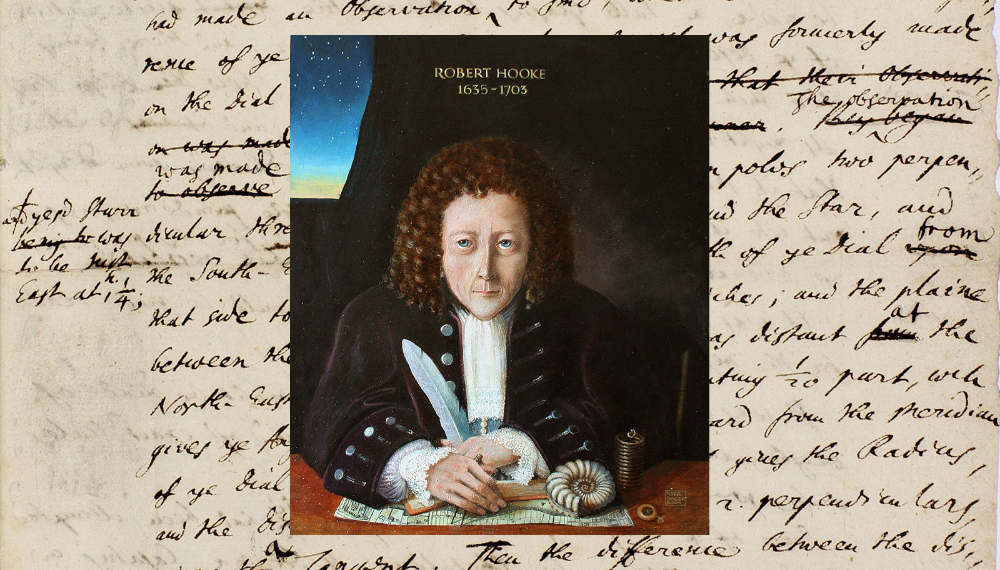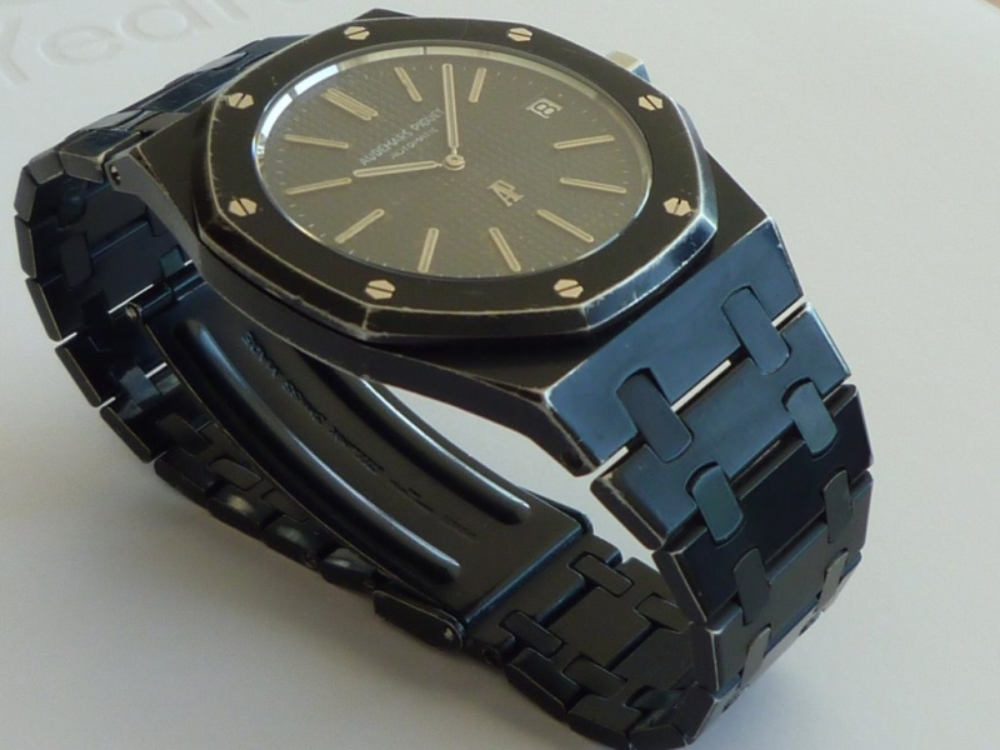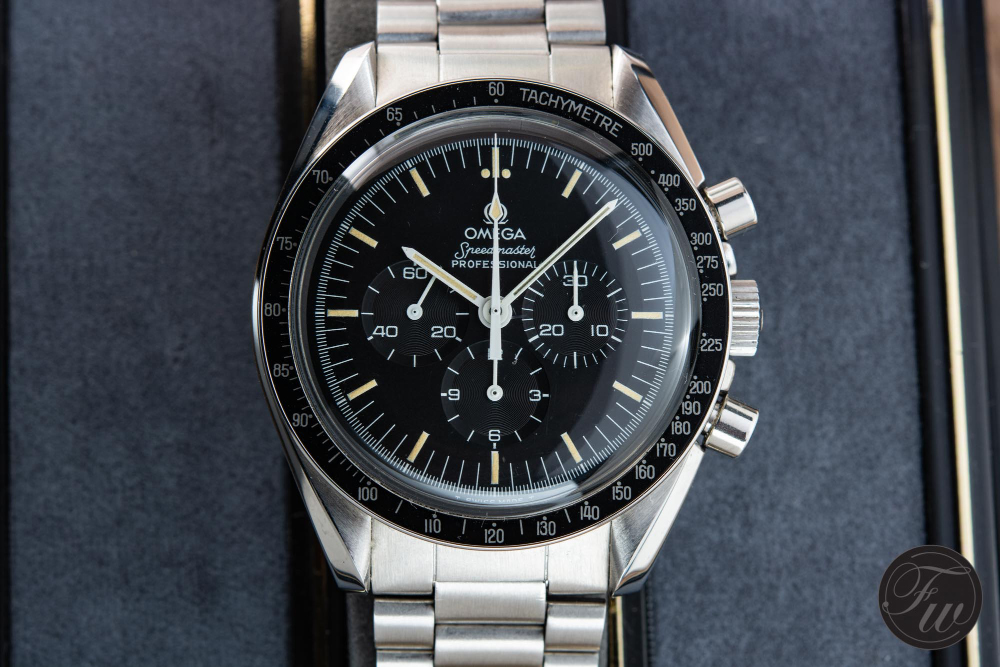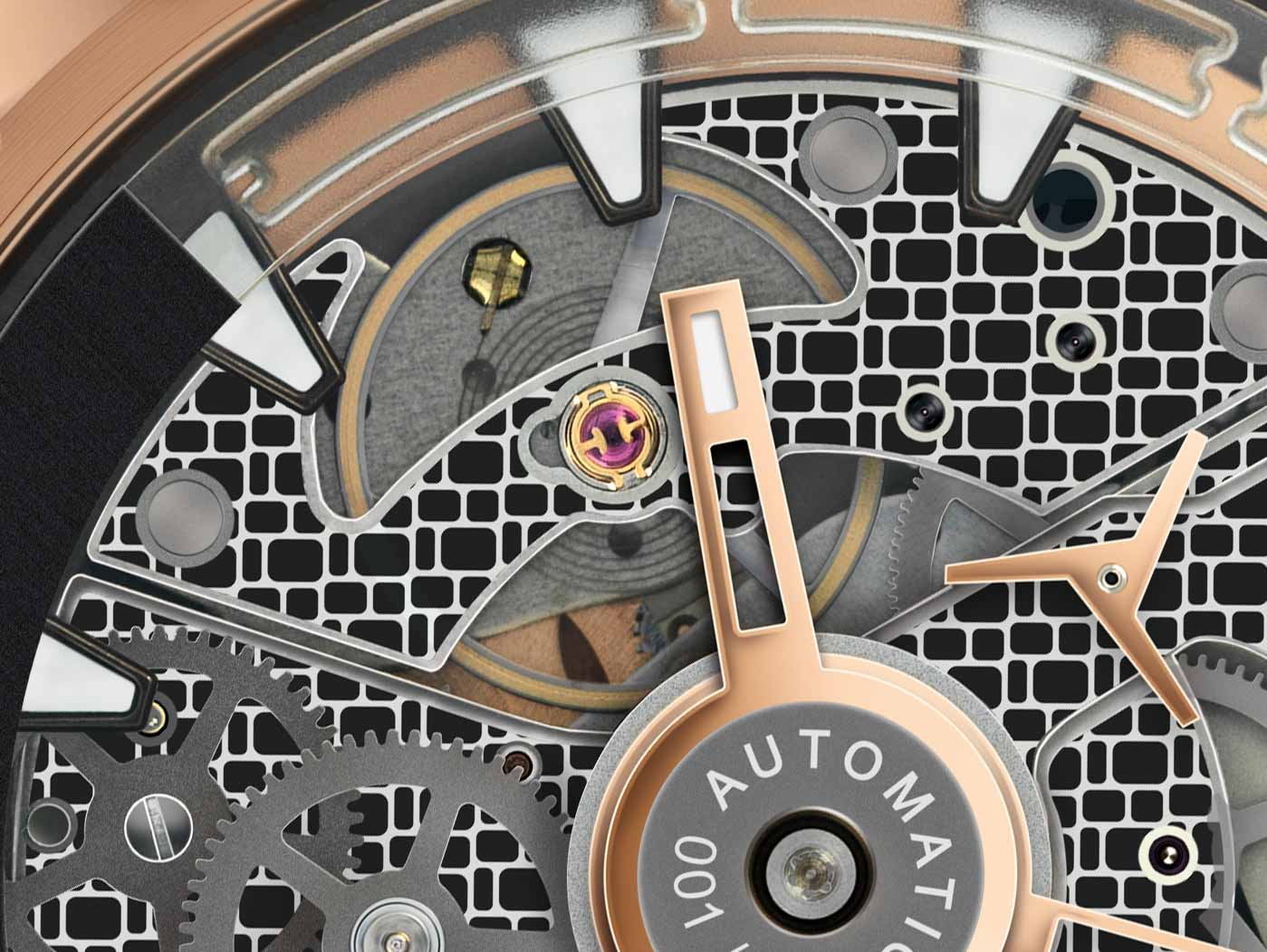1. SETTLING THE 300-YEAR OLD DISPUTE – WHO INVENTED THE BALANCE SPRING?

Ah, the little balance spring. It is easily one of the most important components in a mechanical watch – without which a watch would never function. We know the balance spring was invented around 1660 but the exact origins are hazy. For the longest time, the commonly held perception was that British scientist Robert Hooke came up with the idea first but then it was Christiaan Huygens, a Dutch scientist, who created the first working example. However, a recent discovery of long lost notes from Robert Hooke himself shows quite clearly that it was indeed Hooke who first devised a pocket-watch with a working balance spring.
Source: Watches by SJX
2. KARL LAGERFELD AND HIS BLACK AP ROYAL OAK A-SERIES

The late Karl Lagerfeld was famous for his snow-white hair and for being always dressed in black and white. This even extended to his watch. And the watch that he was often spotted wearing was a blackened A-Series Royal Oak. He was very fond of the watch and was quoted as saying that it was one of his favorite objects of all time. This isn’t all the surprisingly especially when you consider Lagerfeld’s edgy vibe and the fact that the Royal Oak was introduced around the same time that Lagerfeld was beginning to make a mark for himself in the fashion industry. Furthermore, his blackened Royal Oak is interesting because black watches weren’t common at all in the late Seventies. This is the story behind Lagerfeld’s blackened Royal Oak watch.
Source: WatchProSite
3. IN SEOUL, IT’S CALLED ‘CLOCK ALLEY’

In my midst of researching for a trip to Seoul, I came across this interesting article highlighting a particular district in Seoul known for its clocks and watches. It’s a 660-foot alley that is known as Yeji-dong or ‘Clock Alley,’ and it sounds like a must-go for any watch lover. Before this, I never knew there were Korean-made watches and that presidential watches were a thing in Korea. Sadly, Yeji-dong is a shadow of what it once was. In its heyday in the 80s, there were over 1000 shops all this alley. Now, only about 50 remains. I’ll definitely be checking out this place on my trip.
Source: The New York Times
4. THE OMEGA SPEEDMASTER 145.022-76 THAT TOOK ME 15 YEARS TO FIND

For me, and I guess it’s the same for a lot of readers here, the thrill of getting a watch is in the hunt. And that’s even more true for watches that have been discontinued and vintage watches. For whatever reason, birth year watches are a huge thing for many watch lovers. It’s not my thing – possibly because there’s a dearth of worthy watches from my birth year – but I suppose many watch lovers find it amusing and appealing to wear a watch that is as old as they are. This is the story of a 15-year hunt for an Omega Speedmaster 145.002-76.
Source: Fratellowatches
5. DAMASKO: A LOOK INSIDE THE MANUFACTURE
Though Switzerland and Germany share a border, the two could not be more different when it comes to watchmaking philosophies. German watches are typically more austere, restrained, and have a style and vibe about them that cannot be described as anything else but “German.” If you are familiar with German-made automobiles, you will find many similarities between the two. Damasko may not be as well-known as some of its German counterparts but it is a brand that is doing many interesting things. Apart from its use of submarine steel and hardened steel, this little brand even has its own in-house movements. This video shows what goes on in their factory.
Source: Worn & Wound

